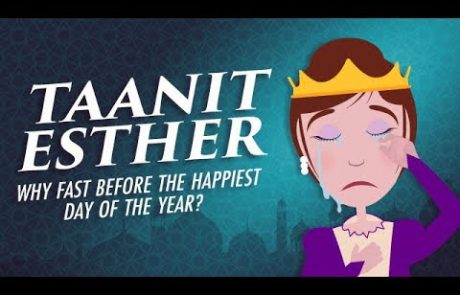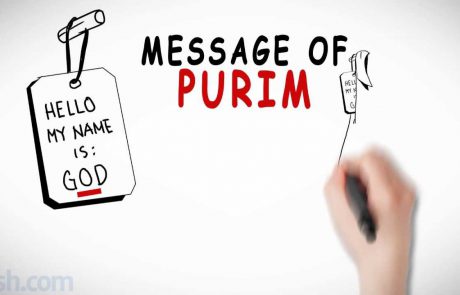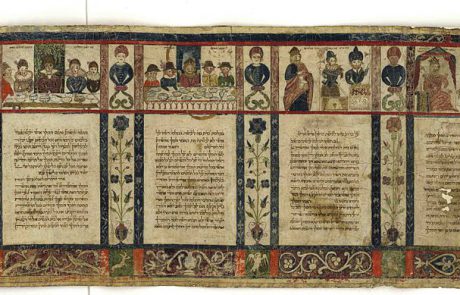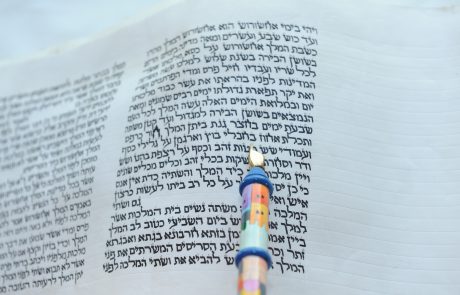Mitzvot
The Significance of the Fast of Esther
Produced by Aleph Beta Academy, this video (09:17) explores the historical and spiritual significance behind Taanit Esther, the day-long fast observed immediately prior to Purim. The video links our fast today to the
God is in Control: The Spiritual Message of the Purim Story
From Aish.com, this animated video (04:46) retells the story of Purim as told in Megillat Esther, focusing on how the events of the story can be viewed as either serendipitous coincidences or the
A Halachic Discussion of Women’s Obligation in Megillat Esther
In this video (08:40), Rabbi Joel Finkelstein summarizes the various Orthodox perspectives in the halachic discussion regarding a women’s obligation to hear the reading of Megillat Esther on Purim, as well as whether or not it
Printable Hebrew & English Megillat Esther
From Chabad.org, this 13-page long PDF document contains the side-by-side Hebrew and English text of Megillat Esther, the biblical scroll which tells the story of Purim, as well as a brief summary of the
Printable English Megillat Esther With Commentary
Published by the Kehot Publication society of the Chabad Lubavitch movement, this 14-page long PDF document is an English translation of Megillat Esther, the biblical scroll which tells the story of Purim, including a
Matanot L’Evyonim: Gifts to the Poor
From the Zdaka Center in Israel, this thorough article introduces the commandment to give gifts to the poor on Purim, including the roots and significance of the mitzvah, and when, how, to whom
How To Fulfill the Four Mitzvot of Purim
This detailed succinct article by Chaviva Gordon-Bennett provides a thorough introduction to the basic requirements of each of the four commandments that need to be fulfilled on Purim: Megillat Esther, Mishloah Manot, Seudat Purim and Matanot L’Evyonim. Published on ThoughtCo,
Al Hanissim for Grace After Meals on Purim
This post presents a cantorial rendition of the “Al HaNissim” prayer added to the Grace After Meals on Purim, along with the Hebrew and English texts of the prayer. The video features Ben Zion
Chabad’s Purim How-To Guide
From Chabad.org, the official website of the Orthodox Hasidic Chabad-Lubavitch movement, this thorough How-To Guide for Purim contains a brief summary of the story of Purim and everything you need to know in
Traditional Purim Foods for Your Seudat Purim
An excerpt from Teaching Jewish Holidays: History Values and Activities by Robert Goodman, this article on My Jewish Learning introduces traditional Purim foods eaten in different communities and the symbolism behind them, including hamentaschen (an Ashkenazi dessert),









